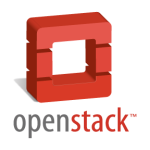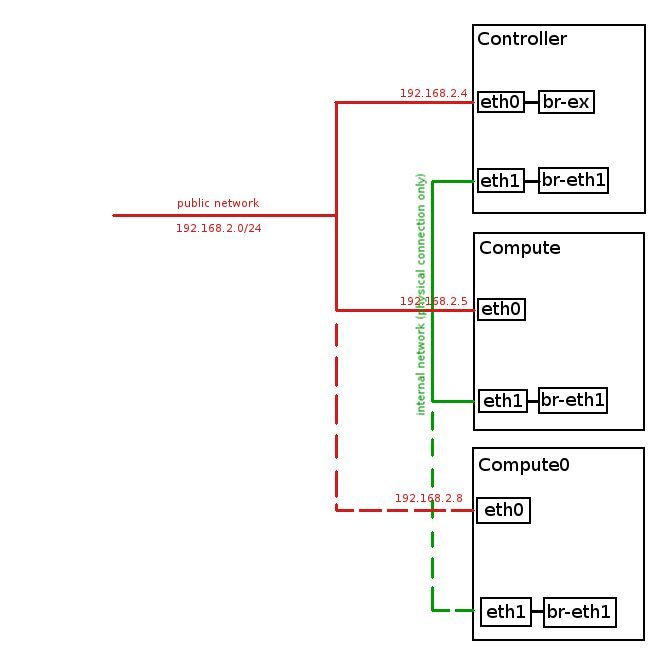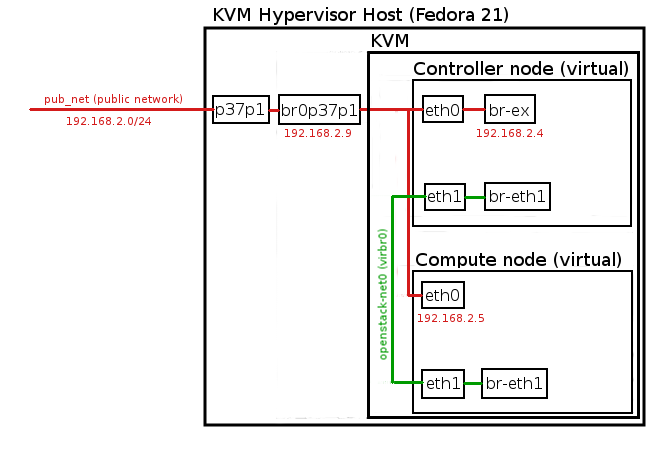Bash Script for Automated OpenStack Tenant Creation

During OpenStack deployment and testing you may need to quickly create: project tenants, tenant users, networks, routers, security groups, etc… just to check, if Cloud is working properly.
Instead of arduous clicking all this stuff in Horizon dashboard, you can use the below Bash script, which will quickly create:
– multiple project tenants
– 2 tenant users (admin, member)
– tenant networks, sub-networks
– routers
– router gateways (to existing public network)
– tenant ports in routers
– security groups (Allow all TCP,UDP,ICMP ingress/egress)
– cirros glance image (cirros-0.3.4-x86_64-disk.img)
Download script: tenant_setup.sh
Read More

